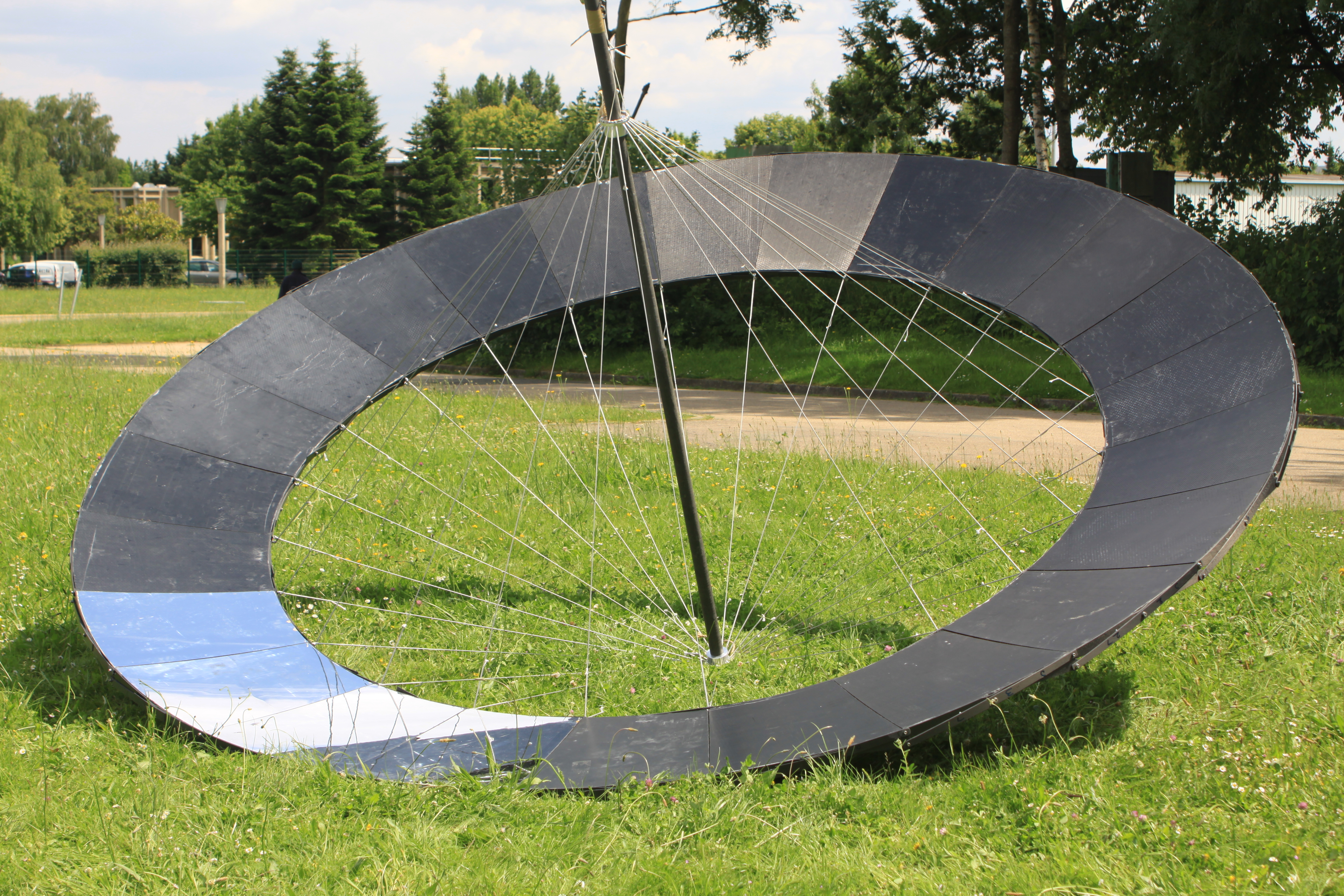
North Thin Ply Technology (NTPT), a provider of lightweight prepreg materials, has been chosen as the composite materials partner for a proposed Thin Aperture Light Collector (TALC) space telescope project.
NTPT is currently working as part of a consortium brought together by the French Alternative Energies and Atomic Energy Commission (CEA). The group also includes Multiplast, the French composite component specialists and a number of academic institutions. The aim of the consortium is to develop a new space telescope with improved sensitivity and resolution.
An astronomer’s ability to detect smaller and fainter objects is limited by the size of a telescope’s reflector, and existing technologies and launch vehicles may have reached a limit with regards to reflector sizes. The team working on the TALC project have developed a reflector design and new stacking technique to enable a larger 20 m diameter annular reflector, made from sections of carbon fiber composite, to fit within the maximum dimensions of the existing launch rocket payload fairings.
NTPT will supply a low cure temperature, high Tg, Thin Ply Prepreg for the TALC project using pitch fibers and a cyanate ester resin system. These prepregs will be processed into honeycomb components with small cells for the reflector face supports and larger cells for the backing structure. The pitch based carbon fibers used in the NTPT materials have improved stability (due to their low CTE) and heat conductivity in the finished composite components.
The TALC consortium is currently in the final stages of the process to secure the project funding.
This story is reprinted from material from NTPT, with editorial changes made by Materials Today. The views expressed in this article do not necessarily represent those of Elsevier.



